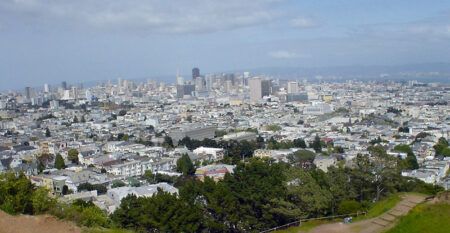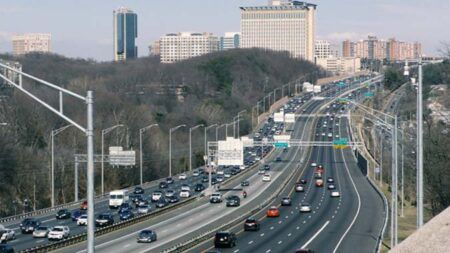Danish company Blip Systems has deployed its BlipTrack Bluetooth-based queue and traffic flow measurement technology across the Swedish capital, Stockholm, in order to provide drivers with up-to-date travel times.
Installed and organized by systems integrator Dynniq, the BlipTrack technology provides the city with travel times and flow data to help alleviate congestion and provide road users with real-time traffic information. Drivers using Stockholm’s road network while using a switched on Bluetooth or wi-fi device are automatically helping fellow motorists enjoy a faster and less congested journey by providing anonymized traffic flow data to the system.
The most populous city in Scandinavia, Stockholm, has joined a number of other urban areas including Bangkok, Thailand; Zürich, Switzerland; Auckland, New Zealand; and Portsmouth, UK, that use BlipTrack sensors to measure how road users travel and use their roads.
Otto Aastrand, traffic analyst at Trafik Stockholm, explained, “We use the collected data to display live travel times via our Trafiken website, which is our traffic information hub, and on several VMS-signs placed around the city. The travel times help road users to make informed decisions about their journey, both in real time and for those planning their daily commute. We also use the data for measuring the development in traffic density, speed and congestion.
“The southern part of Stockholm, where we first installed BlipTrack, will be a roadwork zone for many years ahead, when building the Stockholm Bypass. It will not only affect the main highway (E4) running through the work zone, but also the surrounding roads. With BlipTrack we are able to measure the capacity and traffic flow in real time in and around the area. This allow us to take proactive steps, to initiate countermeasures, if traffic build-up should occur.”
Aastrand continued, “It also helps us to understand various traffic-related matters, such as the impact of traffic control, weather-related patterns, congestion patterns at roadworks, accidents and events, and driving behavior and patterns. With this information, we can evaluate and validate existing traffic models and make informed decisions about where to prioritize expansions and optimizations to help the daily commute.
“Measuring travel times over longer distances in complex traffic environments is complicated to do with our traditional sensors, such as radar and microwave detectors. BlipTrack gives us insights on how much individual journeys can differ from each other, especially when traffic lights are involved. The ability to measure travel times over longer stretches of road, with various queue lengths, and only looking at specific route choices, is another strength of the solution.”
Johanna Karlsson, CEO of Trafik Stockholm, commented, “We are always trying new technologies for traffic monitoring, and BlipTrack compliments our other sensors and data sources very well. The ability to measure travel times, monitor queues and perform OD analysis, convinced us to adopt the solution for Stockholm. The ability to detect and mitigate disruptive events offers significant economic benefits through reduced travel times and fuel consumption, as well as environmental benefits due to reduced CO? emissions and improved air quality.”




